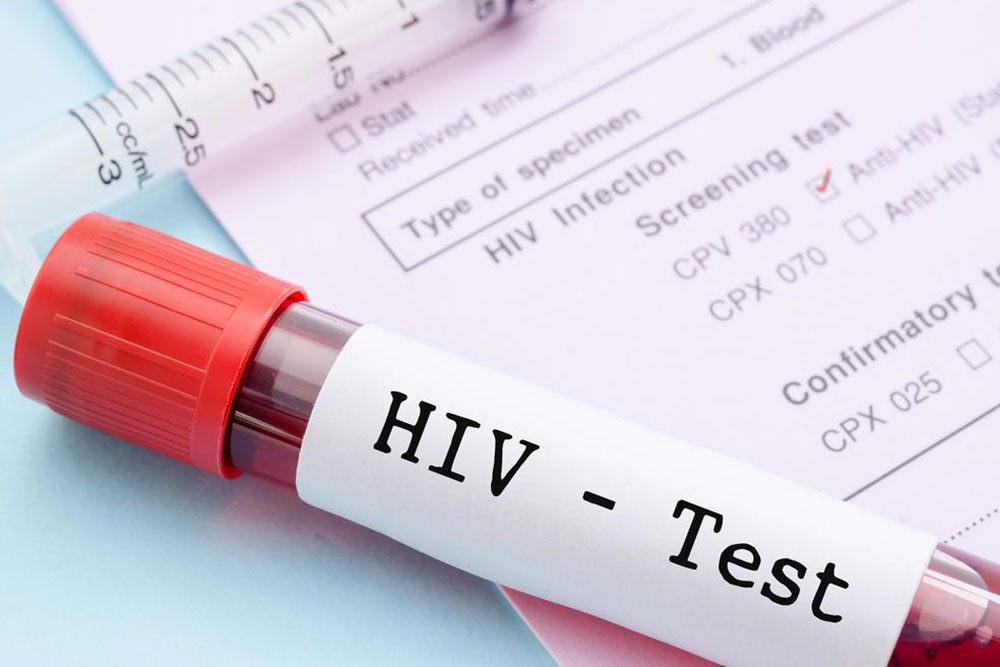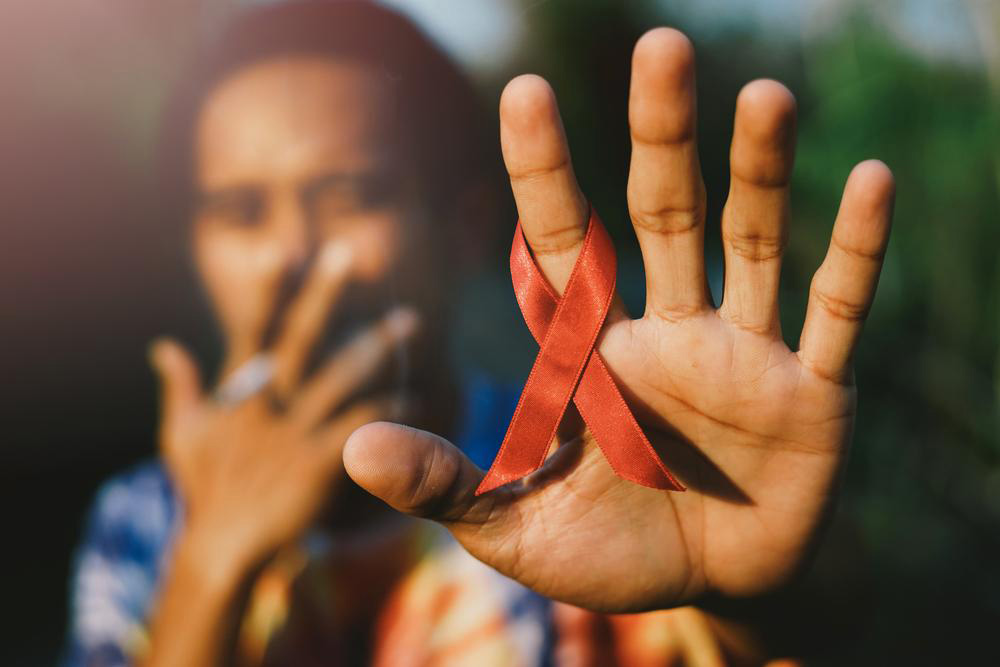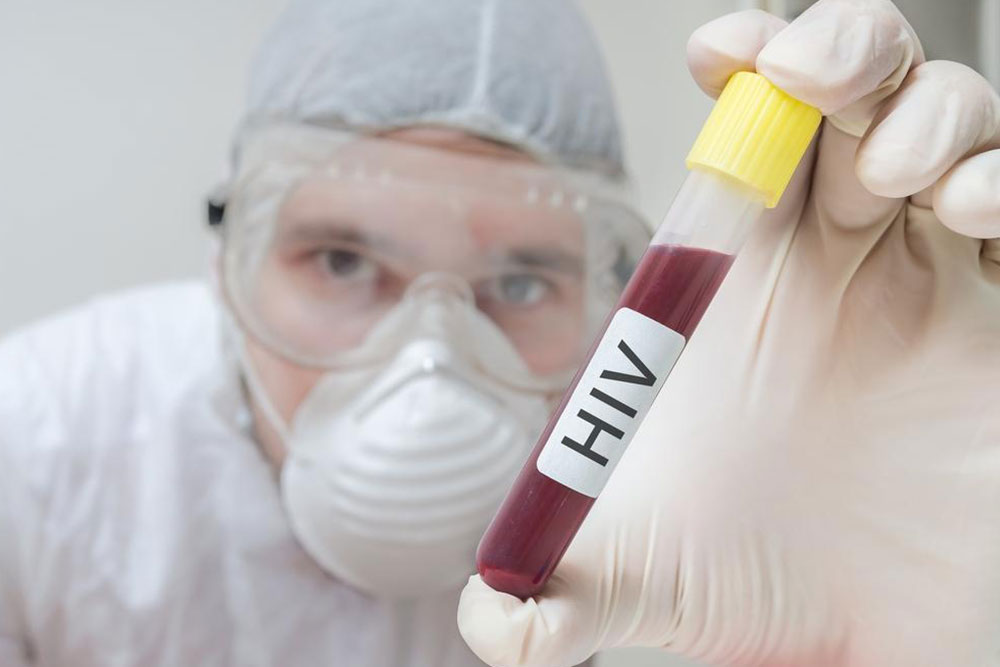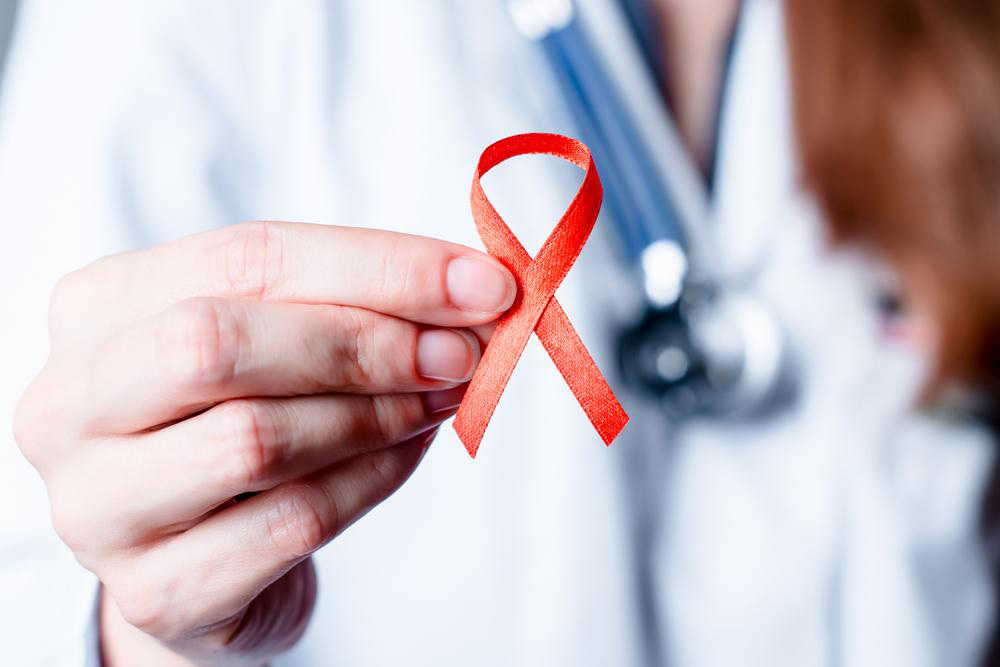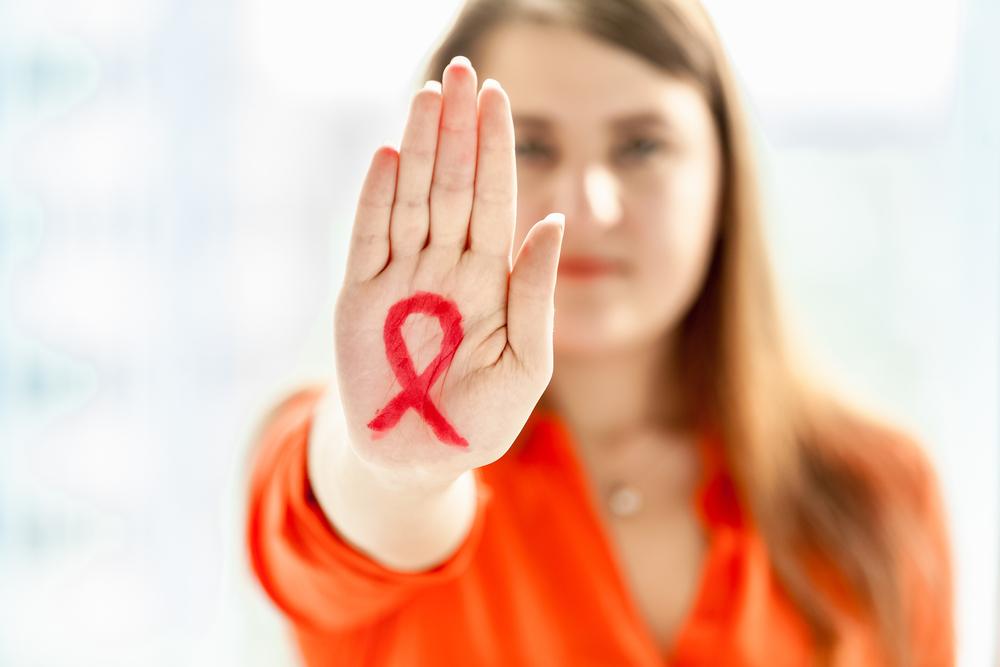Comprehensive Guide to HIV Testing: Methods, Locations, and Key Insights
This comprehensive guide explores the essential methods and locations for HIV testing, emphasizing the importance of early diagnosis, different testing options like blood, rapid, and home kits, and steps to take after testing. It aims to help individuals understand their testing choices and encourage routine screening to maintain good health and prevent HIV transmission.
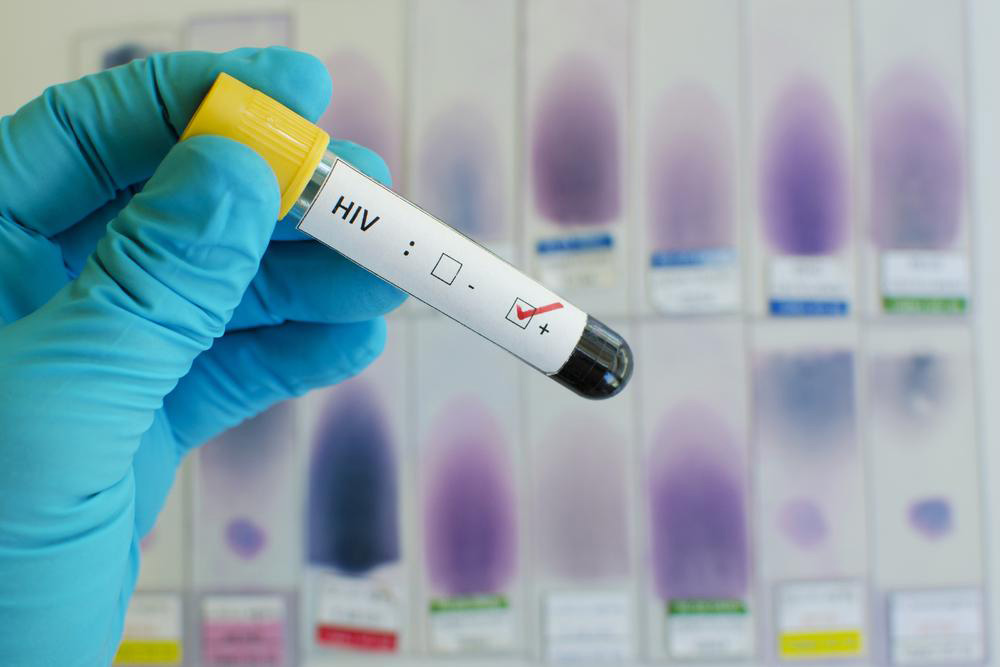
Your Complete Guide to HIV Testing and Prevention
HIV (Human Immunodeficiency Virus) remains a significant global health concern, affecting millions worldwide. One of the most crucial steps in controlling the spread of HIV is early detection through reliable testing methods. Despite advancements in medical science, many individuals remain unaware of their HIV status because symptoms often go unnoticed for years. As a result, routine testing becomes essential, especially for individuals engaging in high-risk behaviors. This comprehensive guide provides detailed insights into various HIV testing methods, the best locations to get tested, and tips for maintaining informed health choices.
Understanding the Importance of HIV Testing
Early detection of HIV is vital for effective management and treatment. When HIV is diagnosed early, individuals can access antiretroviral therapy (ART) promptly, which significantly reduces the risk of transmitting the virus to others and improves quality of life. Additionally, knowing your status helps prevent unknowingly infecting sexual partners and helps you make informed decisions about your health and relationships. Many people live with HIV for years without showing symptoms, underscoring the importance of regular testing, especially if you belong to high-risk groups or have engaged in behaviors that increase your chances of exposure.
Who Should Consider Getting Tested?
Anyone who practices unprotected sex, has multiple sexual partners, shares needles or syringes, or belongs to certain demographic groups should consider regular HIV testing. Pregnant women are especially encouraged to get tested as early as possible, as this can protect both mother and child from transmission. Young adults, men who have sex with men (MSM), sex workers, and individuals with a history of sexually transmitted infections (STIs) are also advised to undergo routine testing. Regardless of perceived risk, routine screening is recommended at least once a year for sexually active individuals.
Popular Testing Locations
HIV testing is accessible through various healthcare settings designed to serve diverse populations. Here are some of the most common testing locations:
Sexual health clinics: Specialized clinics providing confidential testing, counseling, and treatment services.
Primary care physicians: Many general practitioners offer HIV testing as part of routine health check-ups.
Private healthcare providers: Clinics and hospitals with dedicated HIV testing services.
Contraception and family planning centers: Facilities that integrate sexual health services, including testing.
Pregnancy clinics and prenatal care centers: Essential for expecting mothers to prevent mother-to-child transmission.
Community health centers and outreach programs: Especially effective in reaching underserved populations.
Some regions also offer mobile testing units and at-home testing options to increase accessibility. It’s important to choose a reputable and confidential clinic to ensure privacy and accurate results.
Different HIV Testing Methods
Understanding the various testing options helps you decide which method suits your needs best. The primary methods include:
Blood Tests (Laboratory-based Testing): This is considered the gold standard for HIV diagnosis. A healthcare professional draws a blood sample, which is then analyzed in a lab for the presence of HIV antibodies and antigens. Results typically take a few days to process. Blood tests are highly accurate, especially after the window period of about three to four weeks post-exposure, and are recommended for definitive diagnosis.
Rapid HIV Tests: These tests use blood from a finger prick or oral fluids and can deliver results within 20 to 30 minutes. They are often used in clinics, community centers, and mobile testing units. While highly reliable, positive results from rapid tests are usually confirmed with a laboratory blood test.
At-Home Testing Kits (Self-Collection): These kits allow individuals to collect a saliva or blood sample at home and send it to a certified laboratory for analysis. Results are usually available within a few days via secure online portals or phone notification. This option provides privacy and convenience, especially for those hesitant to visit clinics.
Self-Testing Kits (Over-the-Counter): These are approved for home use and provide immediate results. Users apply a small amount of blood or saliva to the testing device. It’s crucial to select FDA-approved or equivalent kits from reputable sources to ensure accuracy. While providing privacy, negative results should be followed by confirmatory testing if symptoms or exposure concerns persist.
Each testing method has its advantages and limitations. Laboratory blood tests remain the most accurate, especially for confirmation, while rapid and home testing options offer convenience and privacy. Regardless of the chosen method, timely testing and follow-up are key to effectively managing your health and preventing transmission.
What Happens After an HIV Test?
If you test negative and are not at ongoing high risk, routine testing every year is suggested. If your test results are positive, confirmatory testing will be conducted at a healthcare facility. Early diagnosis enables prompt initiation of antiretroviral treatment, which can suppress the virus to undetectable levels, allowing for a healthy life and reducing the risk of transmission. Healthcare providers also offer counseling and guidance on managing the condition and preventing further spread.
Conclusion
HIV testing remains a vital tool in the fight against HIV/AIDS. With various accessible testing options, individuals can easily determine their status and seek timely medical intervention if needed. Regular testing, especially for those at higher risk, helps prevent the spread of HIV, promotes health awareness, and supports efforts toward ending the HIV epidemic. Remember, knowing your status is a crucial step toward health, prevention, and peace of mind.
